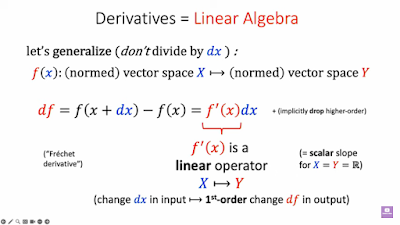I finally got the bit-mapped fonts from the Hitachi "1602" display : Here's some JavaScript: const HD44780U01ASCII=[ [],[],[],[],[],[],[],[],[],[],[],[],[],[],[],[], [],[],[],[],[],[],[],[],[],[],[],[],[],[],[],[], [0, 0, 0, 0, 0, 0, 0, 0, 0, 0, ], [4, 4, 4, 4, 0, 0, 4, 0, 0, 0, ], [10, 10, 10, 0, 0, 0, 0, 0, 0, 0, ], [10, 10, 31, 10, 31, 10, 10, 0, 0, 0, ], [4, 15, 20, 14, 5, 30, 4, 0, 0, 0, ], [24, 25, 2, 4, 8, 19, 3, 0, 0, 0, ], [12, 18, 20, 8, 21, 18, 13, 0, 0, 0, ], [12, 4, 8, 0, 0, 0, 0, 0, 0, 0, ], [2, 4, 8, 8, 8, 4, 2, 0, 0, 0, ], [8, 4, 2, 2, 2, 4, 8, 0, 0, 0, ], [0, 4, 21, 14, 21, 4, 0, 0, 0, 0, ], [0, 4, 4, 31, 4, 4, 0, 0, 0, 0, ], [0, 0, 0, 0, 12, 4, 8, 0, 0, 0, ], [0, 0, 0, 31, 0, 0, 0, 0, 0, 0, ], [0, 0, 0, 0, 0, 12, 12, 0, 0, 0, ], [0, 1, 2, 4, 8, 16, 0, 0, 0, 0, ], [14, 17, 19, 21, 25, 17, 14, 0, 0, 0, ], [4, 12, 4, 4, 4, 4, 14, 0, 0, 0, ], [14, 17, 1, 2, 4, 8, 31, 0, 0, 0, ], [31, 2, 4, 2, 1, 17, 14, 0, 0, 0, ], [2, 6, 10, 18, 31, 2, 2, 0, 0,...


Comments
Post a Comment